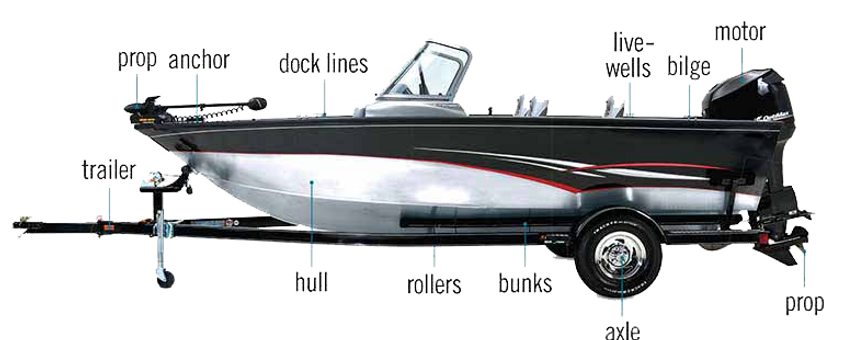Spread the word...
Keep Pelican Lake free of zebra mussels
Why should you care?
Zebra mussels pose an immediate and major risk to Pelican Lake. If introduced they will negatively impact the lake and those who enjoy it in many ways. Zebra mussels colonize on any hard surface and damage boat hulls and motors, docks, and boat launches. They devastate the recreational fishery by depleting fish food sources and fouling the water. Dead mussels wash up on shore and create foul odours and can cut feet if stepped on, rendering beaches unusable. Clean up is expensive and ongoing once a lake is infested, costing property owners and municipalities.
What is at RISK from zebra mussels?


What are zebra mussels?
Zebra mussels are a highly invasive small aquatic animal resembling freshwater clams. They multiply rapidly and cause devastating environmental and economic damage. This small mussel only grows to 1.5 inches long at most and each zebra mussel can produce up to a million microscopic larvae, called veligers.

The spread of zebra mussels
Since their initial introduction to North America in the 1980s, zebra mussels have steadily invaded south-eastern Canada and the majority of the eastern half of the United States. They have infested the Laurentian Great Lakes, and the Hudson and the Mississippi drainage areas. In 2010, zebra mussels were found for the first time in the Red River, and in 2013 they were found in Lake Winnipeg. They are spread by boaters or other recreational water users who do not clean, drain, and dry their boats and equipment before traveling from an infested lake. Once introduced, they are impossible to control and multiply rapidly.
How do you spot them?
Veligers (larvae) are microscopic and cannot be seen by the naked eye. Adult zebra mussels hide in crevices and intakes, so they are difficult to spot and easily missed. If your boat has been in an infested lake you should assume it has zebra mussels attached and carefully follow the de-contamination procedures described in this brochure. Remember, even when cleaned properly, a boat coming from an infested lake is highly likely to introduce zebra mussels into Pelican Lake.
Zebra mussels HIDE here

Adult zebra mussels can survive out of water, in moist cool conditions, for up to 30 days. They attach to watercraft or other water-related equipment being transported from one body of water to another unless the proper steps are taken to avoid moving them to new areas. The larvae/veligers are not visible to the naked eye and can survive in very little water or dampness, and are therefore easily transported as well.
Don’t be a carrier! After pulling your boat out of any body of water, follow these procedures before you leave. PLEASE NOTE: This includes toys, lifejackets, inflatables, fishing equipment etc. Even if you don't think the body of water you were using contains AIS, anything that came into contact with water should go through the Clean, Drain, Dry procedures below:
CLEAN your boat, trailer, and all water related equipment. Remove all plants, aquatic animals and mud. Run your hands over everything that touched water; young mussels attaching to surfaces feels like sandpaper. Inspect drain holes, speedometer brackets, motors, propellers, and other difficult to clean areas, including the trailer and vehicle as zebra mussels like to hide in crevices and hard to access areas.
DRAIN all on-board water from the motor, livewell, bilge, ballast tanks and bait buckets. Any hard to completely drain areas should be dried with a dry towel or sponge. Microscopic zebra mussel larvae can live in water anywhere in your boat or equipment.
DRY all water related equipment and boat completely. Leave all compartments open to allow drying. Dry for 8 consecutive days in the hot summer sun, 18 days in the spring/fall, or 3 days of exposure to constant freezing temperatures (-10°C or lower).
DISPOSE of any visible AIS or aquatic plants in the garbage. Dump bait bucket water on land where it cannot drain into a body of water. Be aware of the bait regulations and dispose of bait accordingly.
BEST PRACTICE recommended by The Healthy Lake Committee: The only way to guarantee that you don't transport aquatic invasive species is to only use your boat/equipment in one body of water each season.
Please contact us at info@healthylake.ca if you would like signage or printed brochures. Below is an example of the signage we have created.

Click here to view the BROCHURE